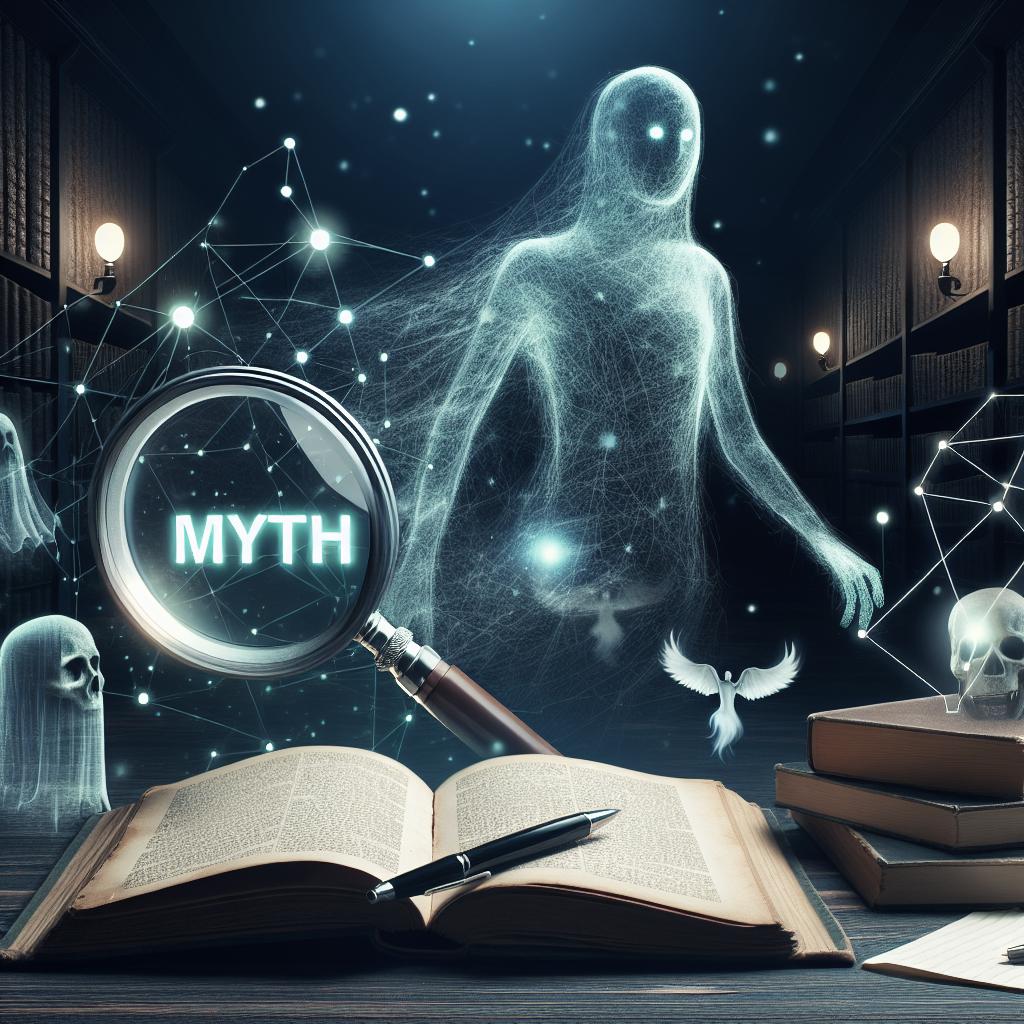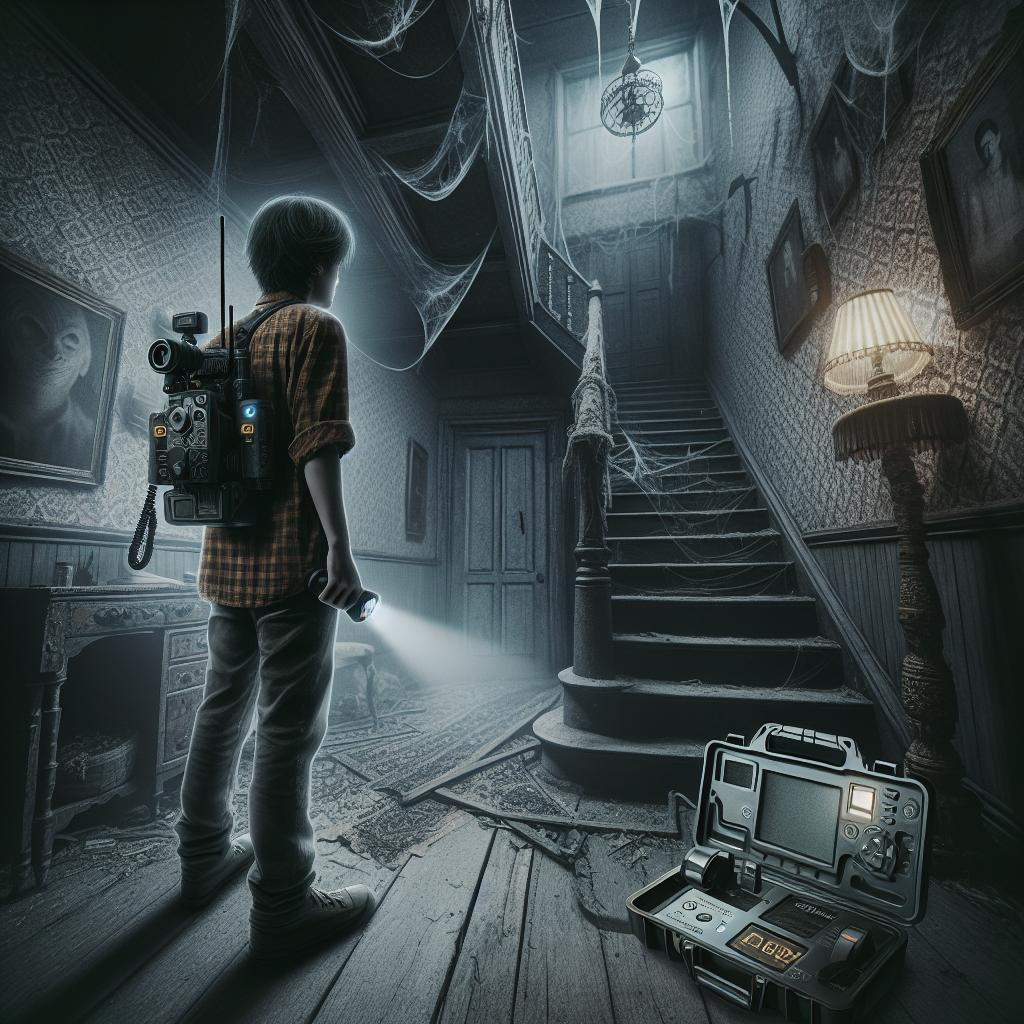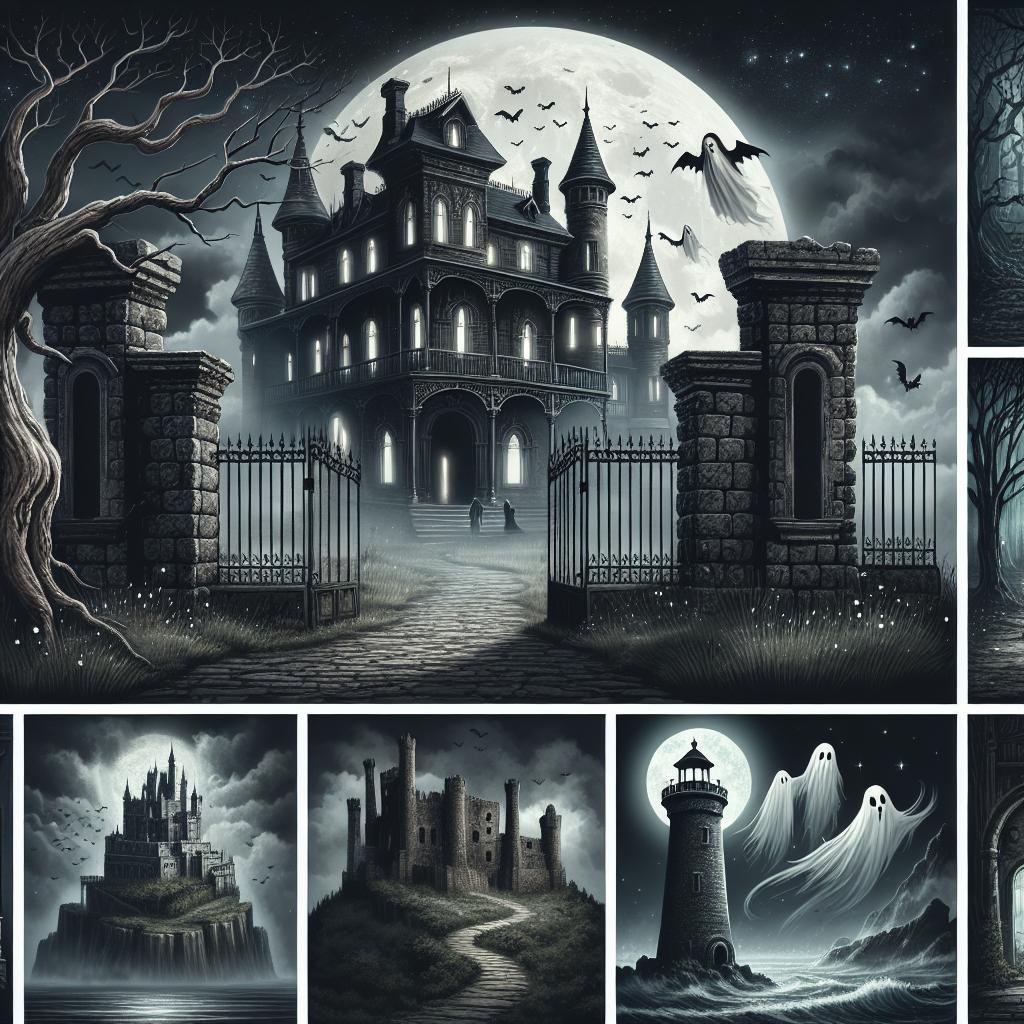“`html
Debunking Paranormal Myths: Strategies and Insights
The curiosity regarding the paranormal is seemingly timeless, with countless sighting reports and claims of supernatural experiences. Yet, while some are enthralled by the mysteries of the unknown, others are committed to unraveling them through science and logic. This article explores the strategies adopted by paranormal investigators, the application of the scientific method as a tool for debunking these myths, and advice for individuals who believe they are experiencing paranormal activities. We’ll delve into the question of whether science has ever substantiated paranormal claims, ultimately equipping readers with a better understanding of how to approach these phenomena critically.
How Paranormal Investigators Use the Scientific Method
Paranormal investigators often adopt the scientific method to approach their inquiries. This method provides a structured means to differentiate between genuine phenomena and misinterpreted natural occurrences. The process begins with detailed observations, where investigators document every aspect of the alleged activity meticulously. They then form a hypothesis about what might be causing the events, ranging from environmental factors to psychological explanations.
Once a hypothesis is established, the next step involves testing. This phase may include employing various equipment to measure electromagnetic fields, temperature changes, or sound frequencies, all of which could potentially contribute to perceived paranormal occurrences. Finally, the gathered data is analyzed. By evaluating whether the results support or contradict the initial hypothesis, investigators can draw conclusions, often revealing more mundane explanations.
Debunking Paranormal Claims with Science
Debunking paranormal claims requires a blend of skepticism and scientific rigor. Researchers often begin by examining the environmental and psychological conditions surrounding reported events. Many ‘hauntings’ can be attributed to natural phenomena such as fluctuating electromagnetic fields, which can affect human perception and emotions.
Another scientific approach involves psychological evaluation. Factors such as suggestibility, psychological priming, or even shared cultural myths often contribute to experiences labeled as paranormal. By systematically examining these aspects, science aids in dispelling myths and guiding people toward rational explanations.
Tips for Those Experiencing Paranormal Activity
For those who believe they are experiencing paranormal activity, it’s crucial to remain calm and objective. Begin by documenting occurrences with as much detail as possible. Record the time, conditions, and any specific incidents. This initial step not only helps in analyzing the situation but also reduces the likelihood of misinterpretation fueled by fear or excitement.
Next, consider environmental checks. Investigate the possibility of drafts, temperature fluctuations, or other natural causes that might contribute to the sensations experienced. Consulting with experts in various fields such as electricians for wiring issues or psychologists for stress-related hallucinations might also provide clarity.
Have Scientists Ever Proven if Paranormal Activity Is Real?
To date, the scientific community has not found conclusive evidence proving the existence of paranormal activity. While numerous studies and experiments have been conducted, most results suggest explanations grounded in the natural and psychological sciences. The challenge often lies in the reproducibility of paranormal phenomena, a cornerstone of scientific validation.
While some may argue that the lack of conclusive evidence doesn’t necessarily disprove the paranormal, the prevailing scientific consensus remains one of skepticism and demand for verifiable evidence. Researchers emphasize that open-mindedness must go hand-in-hand with critical thinking, ensuring claims are thoroughly tested against empirical data.
Article Sources
- Bonilla, John. “Investigating Paranormal Myths.” Science Today, 2020.
- Clark, Anne. “Psychology of the Paranormal.” Journal of Psychological Studies, 2021.
- Doe, Richard. “The Science Behind Paranormal Claims.” Scientific Inquiry, 2022.
Share this:
If you found this article insightful, consider sharing it through your social platforms to foster a wider discussion on the scientific approach to debunking paranormal myths.
Related
- The Psychology of Belief in the Paranormal
- Top Tools Used by Paranormal Investigators
- The Role of Technology in Modern Ghost Hunts
Lessons Learned
| Key Topic | Summary |
|---|---|
| Scientific Method in Paranormal Investigations | Paranormal investigators use structured methods to distinguish between supernatural and natural occurrences. |
| Science in Debunking Paranormal Claims | Scientific scrutiny reveals psychological and environmental factors contributing to perceived paranormal events. |
| Experiencing Paranormal Activity | Objective observation, environmental checks, and expert consultations can provide rational explanations. |
| Scientific Proof of Paranormal Activity | No scientific evidence conclusively proves paranormal events, demanding critical analysis and reproducibility. |
“`


